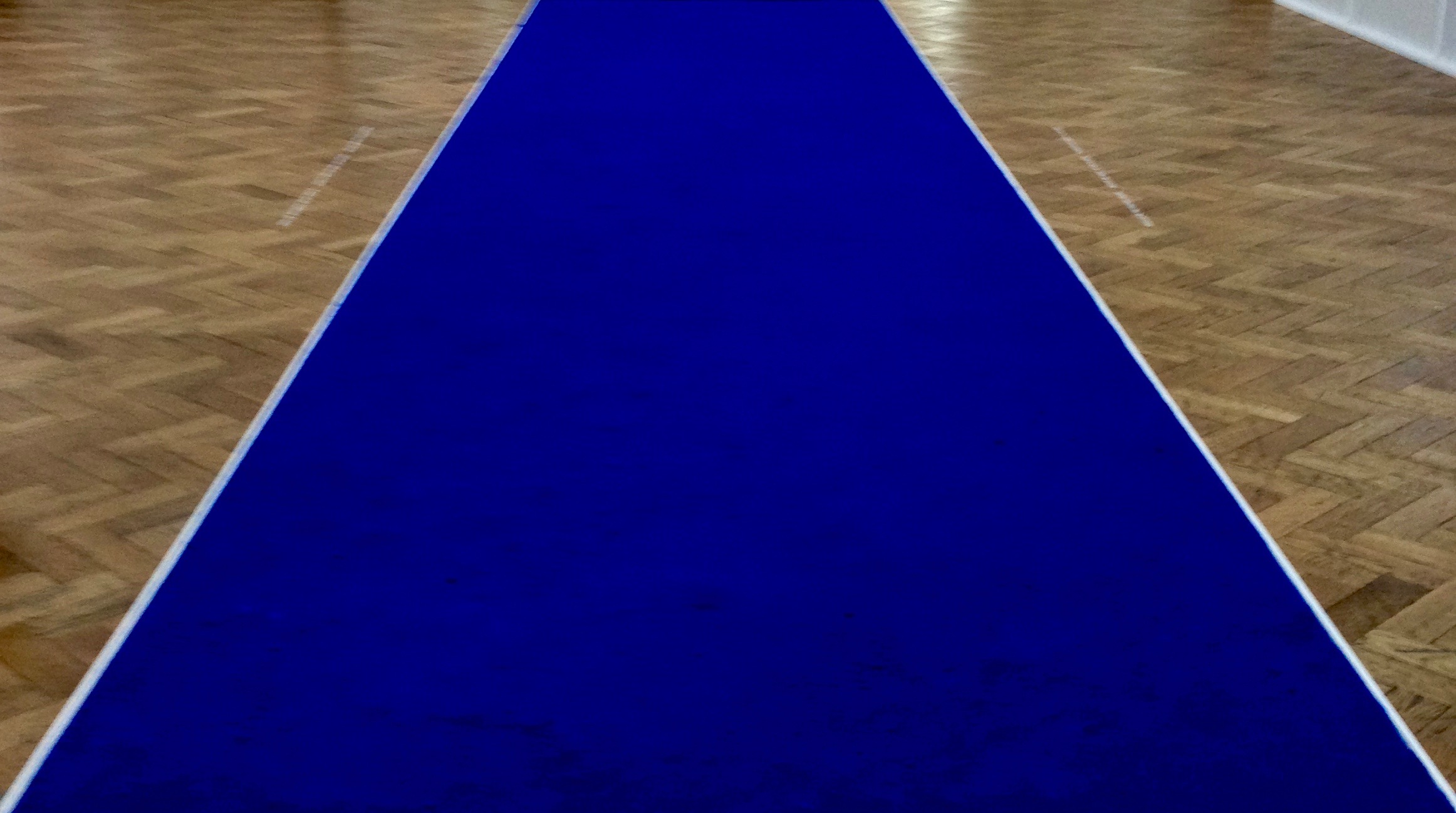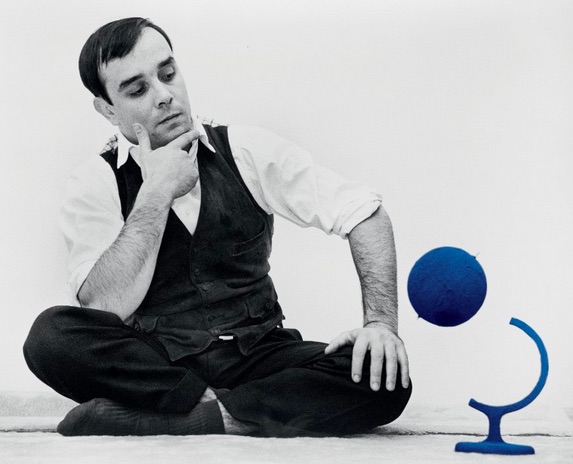What do you see in a painting?

Take the painting above, for example. What do you see? Relax. You won’t be judged if you see nothing but orange. That was the whole point of Yves Klein, the French artist behind it.
The problem with art is that sometimes it can put much pressure on the viewer. When you look at a painting or any piece of art, you know there is something there meant for you to see and grasp. Your eyes scan the canvas following every color, shape, and detail in an effort to figure out what’s going on. What is it trying to say? What are you meant to see? And somehow you feel compelled to come up with some profound analysis. But while anyone can appreciate the overall effect of an artwork, not everyone has a masterly eye for art or a keen sensitivity to it.
Now the problem with artists is instead of just speaking their minds, they would rather draw or paint you a picture. Like verbal communication isn’t hard or complicated enough, they resort to images to express themselves. And color is one of their most powerful tools of expression. Technically speaking, painting is nothing more than the skillful manipulation of pigments combined with dexterous brushstrokes to create beautiful and meaningful images. The ability to provoke color relations gives the artist the power to control the message while the viewer is left with the burden of comprehension. It’s like trying to solve a riddle, and the artist is no different from a trickster messing with your mind.

Blue
Yves Klein was one artist whose aim was to liberate the viewer from that kind of pressure. He became a seminal figure in post-war European art because his works contained none of the usual manipulative tactics that other artists employed. He rejected the tradition of mixing pigments and using colors to dictate meaning through art. He chose to paint using only one color at a time to give viewers the space to find their own interpretation. Klein believed that meaning should be conjured in the space between the artwork and the viewer. Empowering the viewer was one of his greatest acts as an artist.
When you look at Klein’s single-color monochrome paintings, you see nothing but a sea of color. It may not be as exciting as a conventional painting, but the interesting part is where that sea of color will take you. Perhaps it will awaken memories or stir up emotions. It could show you something that nobody else would see or transport you somewhere only you know. It’s all up to you. As the French-born essayist Anaïs Nin put it, “We don’t see things as they are, we see them as we are”. By giving you the freedom of interpretation, Klein makes you a co-artist, co-creator, and co-specialist in sensibility.

movement Nouveau Réalisme
Klein’s unconventional works of art are currently displayed at Bozar in Brussels. They are an invitation not just to enter into his mind, but also to look into your own. Aside from his monochrome paintings, the exhibition also features Klein’s experiments with conceptual art including his Anthropometrie series, sponge sculptures, fire paintings, his wild ventures into photography, film, and theatre, and other works that made him a pioneer of performance art and an inspiration to pop art.
The Klein exhibit runs until the twentieth of August. Don’t miss the chance to rediscover yourself and find what you alone may decipher in a painting.



